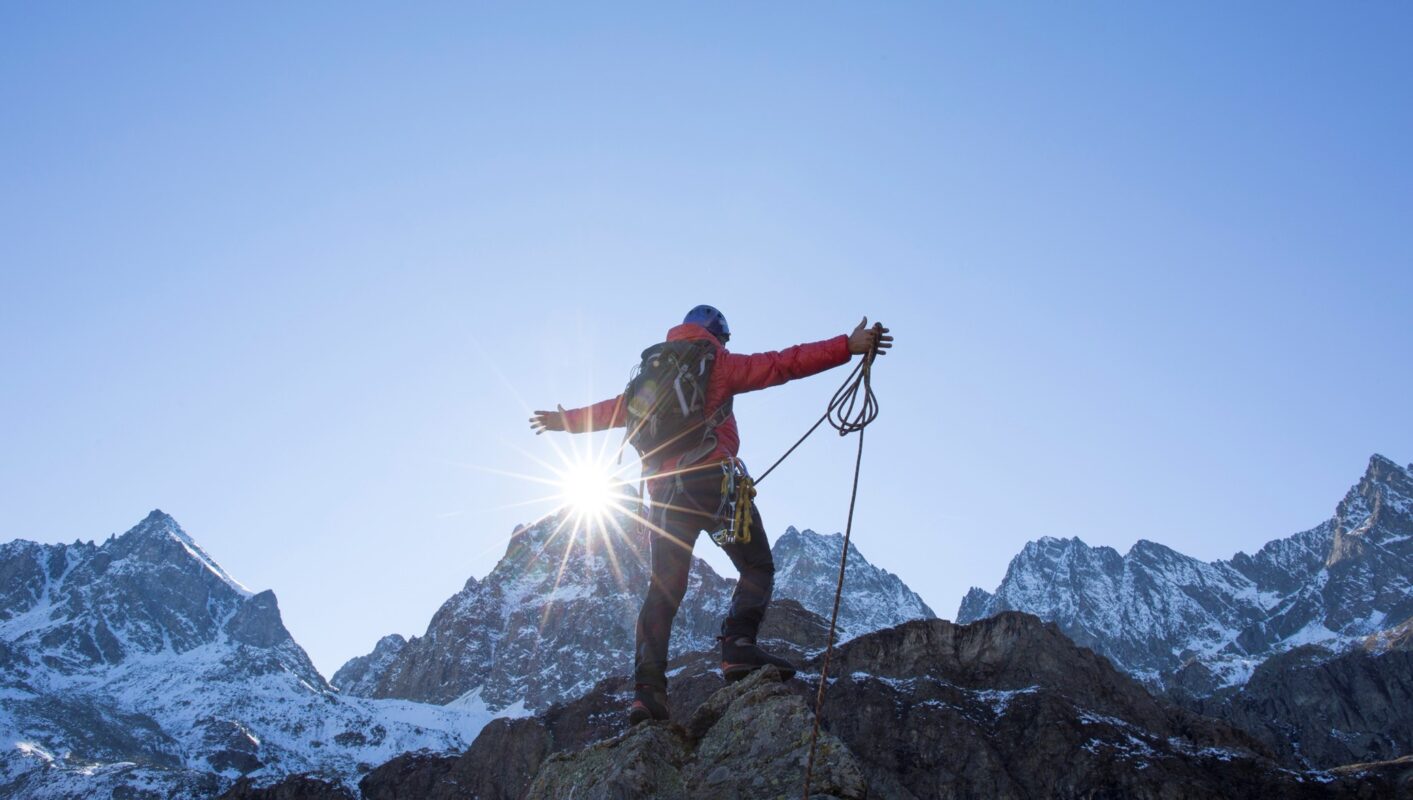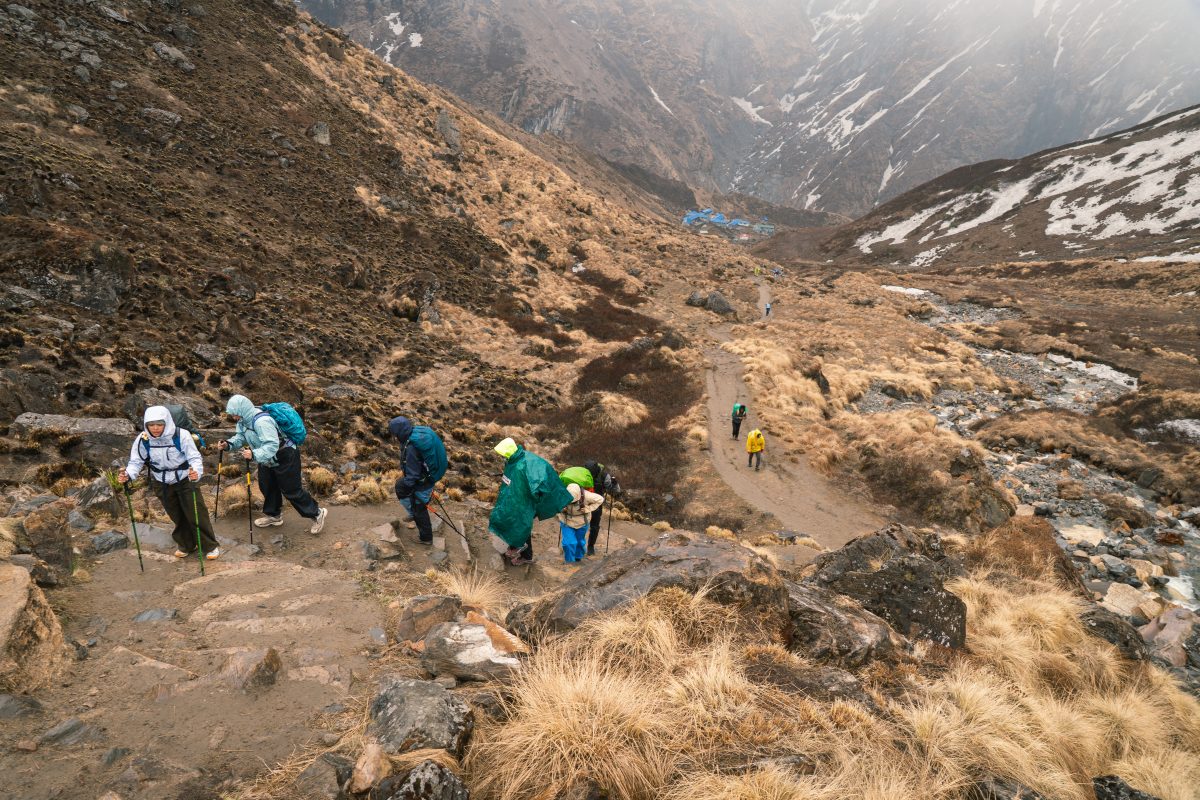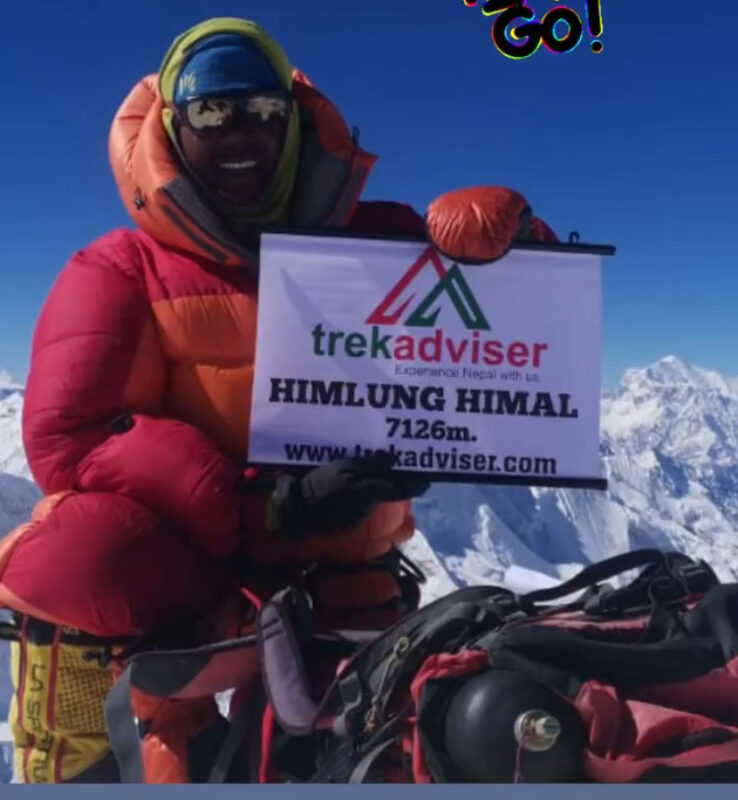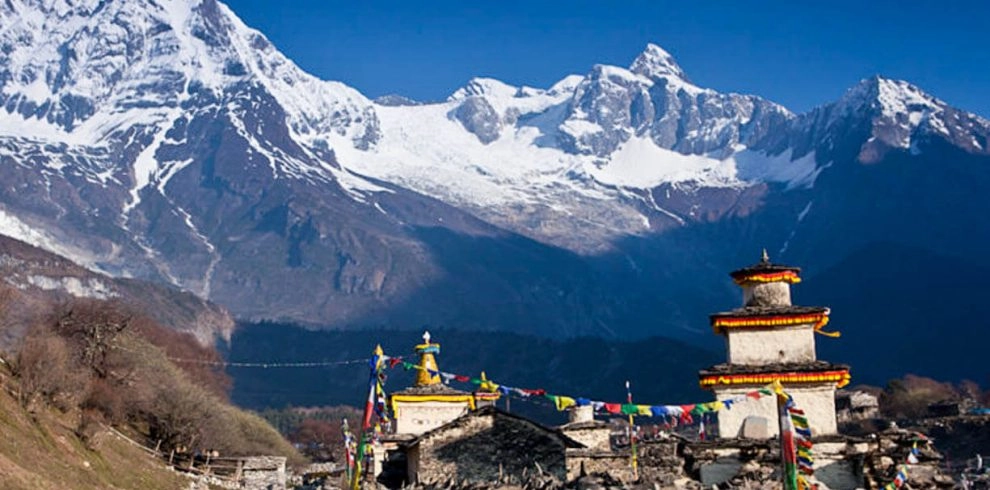Trekking in Nepal – An Unforgettable Adventure
Nepal is a dream destination for trekkers, offering some of the most breathtaking and diverse trekking experiences in the world. From the iconic Everest Base Camp to remote valleys where modernity hasn’t reached, Nepal’s Himalayas are more than just mountains—they are a living museum of culture, nature, and spirituality.

Trekking in Nepal allows you to:
-
Witness snow-capped peaks, glacial rivers, and alpine lakes.
-
Immerse yourself in the culture of welcoming Sherpa, Gurung, and Tibetan communities.
-
Explore ancient monasteries, prayer flags, and chortens that reflect centuries-old Buddhist traditions.
-
Support local livelihoods through sustainable tourism.
Nepal caters to all types of trekkers, from beginners looking for scenic short hikes to seasoned adventurers eager to cross high passes and remote landscapes. Every step here is not just about reaching a destination but about the connection to nature, culture, and people.
Why Choose the Manaslu Circuit Trek?
While Nepal offers countless world-class trekking routes, the Manaslu Circuit Trek is one of the most remarkable and authentic journeys you can take. Located in the Gorkha region, this trek circles Mount Manaslu (8,163m), the world’s eighth-highest peak, and is often praised as a quieter, less-crowded alternative to Everest or Annapurna.
Highlights of the Manaslu Circuit Trek:
-
Scenic Diversity: From lush rice terraces and subtropical forests to high alpine meadows and glacial valleys, the landscapes constantly change as you ascend.
-
Cultural Encounters: The trek passes through traditional villages inhabited by Gurung and Tibetan people, where you can experience unique customs, vibrant festivals, and Buddhist heritage.
-
Larke La Pass (5,160m): The most thrilling part of the trek, this high pass offers panoramic views of Himalayan giants like Manaslu, Himlung Himal, Cheo Himal, and Annapurna II.
-
Peaceful Trails: As a restricted area trek, the Manaslu Circuit requires a special permit, ensuring fewer crowds and a more authentic Himalayan experience.
-
Rich Wildlife: The Manaslu Conservation Area protects endangered species like the snow leopard, red panda, and Himalayan tahr, making it a paradise for nature lovers.
Trekking Experience
The trek usually takes 14–18 days depending on the itinerary. It is classified as moderately challenging, making it ideal for trekkers with good physical fitness who are seeking adventure beyond the usual tourist trails.
Why the Manaslu Circuit Should Be Your Next Trek
If you’re looking for a trekking experience that blends untouched wilderness, cultural richness, and the thrill of high-altitude adventure, the Manaslu Circuit Trek is the perfect choice. Nestled in the heart of the Nepalese Himalayas, this trek circles Mount Manaslu (8,163m)—the eighth-highest mountain in the world—and offers an unforgettable journey through pristine landscapes and centuries-old traditions.
Unlike the more crowded Everest Base Camp Trek or the Annapurna Circuit Trek, the Manaslu Circuit remains less commercialized, giving trekkers an authentic and peaceful experience. It’s one of the best treks in Nepal for those seeking both adventure and cultural immersion.
The Allure of Mount Manaslu
The trek is centered around Mount Manaslu, known as the Mountain of the Spirit. Towering over the landscape at 8,163 meters, it is a breathtaking sight from every angle of the trail. The Manaslu Circuit Trek allows you to circle the mountain, enjoying panoramic views of neighboring Himalayan giants such as Himlung Himal, Cheo Himal, and Annapurna II. According to the Nepal Tourism Board, Manaslu is considered one of the most beautiful massifs in the Himalayas, yet still remains off the beaten path.
1. A Journey Through Diverse Landscapes
One of the most rewarding aspects of the Manaslu Circuit is the incredible variety of landscapes you’ll traverse. Beginning in low-altitude subtropical forests and terraced farmlands along the Budhi Gandaki River, the trail gradually ascends into rhododendron and pine forests before reaching alpine meadows and glacial valleys.
As you climb higher, you’ll encounter rugged, icy wilderness and finally conquer the mighty Larke La Pass (5,160m)—the highest point of the trek and one of the most dramatic passes in Nepal. The constantly changing scenery ensures that every single day of the journey feels fresh, exciting, and unforgettable.
Authentic Cultural Encounters
The Manaslu region is home to Gurung, Magar, and Tibetan-influenced communities whose traditions remain largely untouched by modern tourism. Along the trail, you’ll pass ancient Buddhist monasteries, spinning prayer wheels, and stone-carved mani walls that reflect the deep spirituality of the Himalayas.
Staying in traditional teahouses run by local families offers not only warm hospitality but also a chance to understand the rhythms of daily life in remote mountain villages. For those seeking cultural depth alongside natural beauty, the Manaslu Circuit delivers an experience that feels both genuine and timeless.
The Challenge of Larke La Pass
Crossing the Larke La Pass (5,160m) is a highlight of the trek and a true test of endurance. The climb is demanding, but the panoramic views from the top are unparalleled—snow-capped peaks stretching endlessly across the horizon. The pass is often cited as one of the most beautiful high passes in Nepal, making it the ultimate reward for your perseverance.
Why Manaslu Circuit Over Other Treks?
-
Fewer Crowds: The restricted area status requires a special permit, keeping the trail quieter and more authentic.
-
Adventure Factor: More rugged and less commercialized than Everest or Annapurna, offering a “wilder” experience.
-
Biodiversity: Located in the Manaslu Conservation Area, the region is home to rare species like the snow leopard, red panda, and Himalayan tahr.
-
Sustainable Tourism: Choosing the Manaslu Circuit Trek with Trek Adviser directly supports local guides, porters, and conservation efforts.
Trekking in Nepal is always a transformative experience, but the Manaslu Circuit Trek stands out as one of the most rewarding adventures the country has to offer. With its breathtaking mountain views, rich cultural immersion, and the thrill of crossing Larke La Pass, it captures the very essence of Himalayan trekking.






 Why Island Peak?
Why Island Peak?






